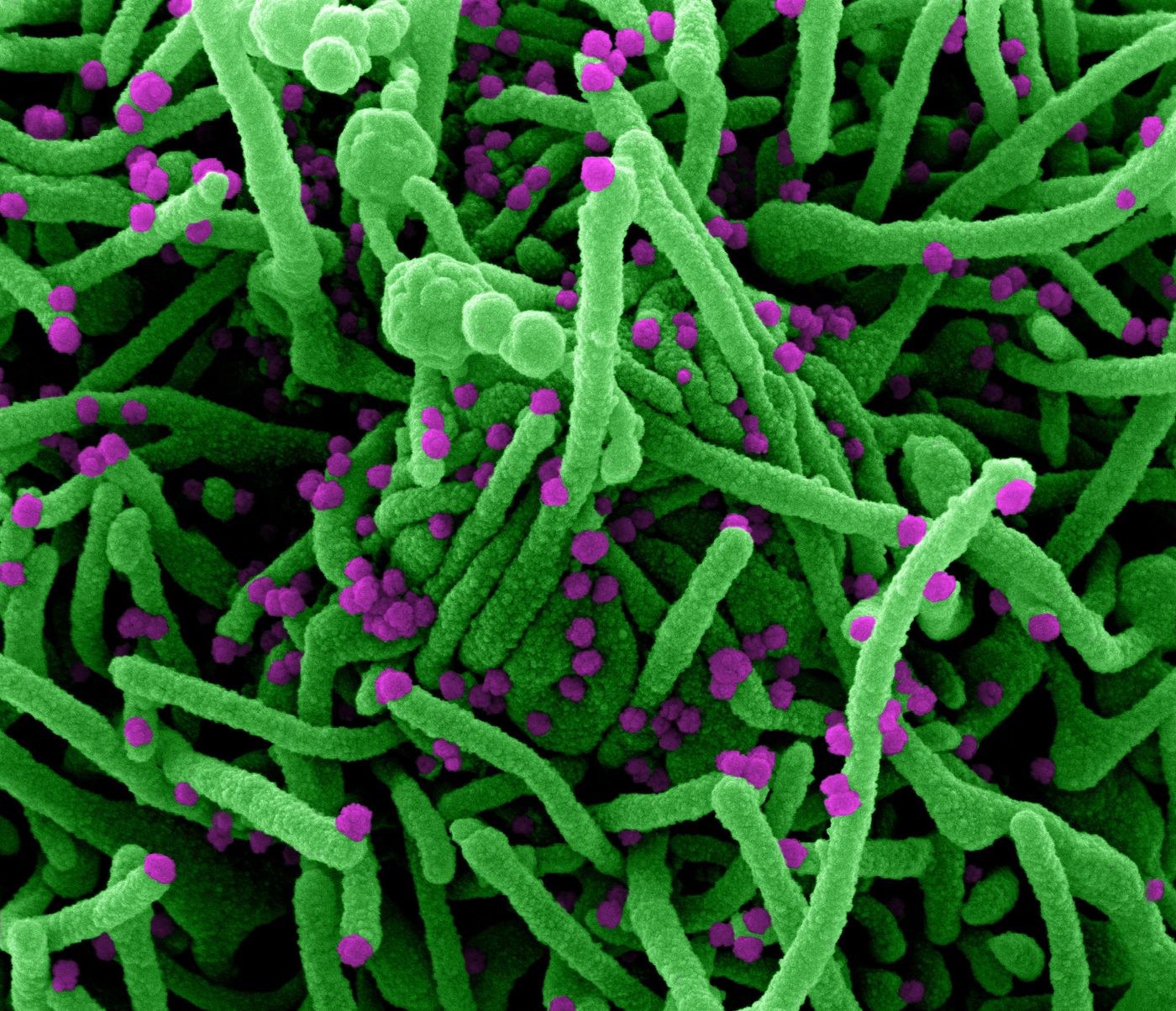Hidden Genes in the SARS-CoV-2 Genome
It's essential for organisms to use their genomes to make proteins, and the processes that do so - transcription and translation are even important for RNA viruses like SARS-CoV-2. When a virus infects a cell, it usually uses the host cell machinery to generate viral proteins and more viral particles. Scientists are trying to investigate the proteins made by SARS-CoV-2, called its transcriptome, to learn more about it. Researchers have found that many different viral proteins can be made from the relatively small SARS-CoV-2 genome, which is thought to be composed of about fifteen proteins.
Now investigators have identified a kind of 'hidden' gene, called ORF3d, which could code for a protein that is longer than expected. It may have an influence on the unique aspects of SARS-CoV-2. The findings, which involved computational assessments of available databases, have been reported in eLife.
"Overlapping genes may be one of an arsenal of ways in which coronaviruses have evolved to replicate efficiently, thwart host immunity, or get themselves transmitted," said lead study author Chase Nelson, a postdoctoral researcher at Academia Sinica in Taiwan and a visiting scientist at the American Museum of Natural History. "Knowing that overlapping genes exist and how they function may reveal new avenues for coronavirus control, for example through antiviral drugs."
ORF3d has been found by other research groups that investigated what genes the SARS-CoV-2 virus expresses in COVID-19 patients.
"We don't yet know its function or if there's clinical significance," Nelson said. "But we predict this gene is relatively unlikely to be detected by a T-cell response, in contrast to the antibody response. And maybe that has something to do with how the gene was able to arise."
Typically, a cell begins to read a gene's sequence at what's known as its start site, splices out the portions that aren't relevant, and generates the proteins; but the real picture can be far more complicated. Some of those 'start sites' are more discreet than they appear, some genes overlap with others, while some cells can make many types of proteins from the same gene sequence.
Overlapping genes can be difficult to find in RNA viruses, which can mutate their small number of genes quickly. Viruses seem to easily use the same gene sequence to make multiple proteins as well, for example.
"Missing overlapping genes puts us in peril of overlooking important aspects of viral biology," noted Nelson. "In terms of genome size, SARS-CoV-2 and its relatives are among the longest RNA viruses that exist. They are thus perhaps more prone to 'genomic trickery' than other RNA viruses."
Sources: Phys.org via American Museum of Natural History, eLife









